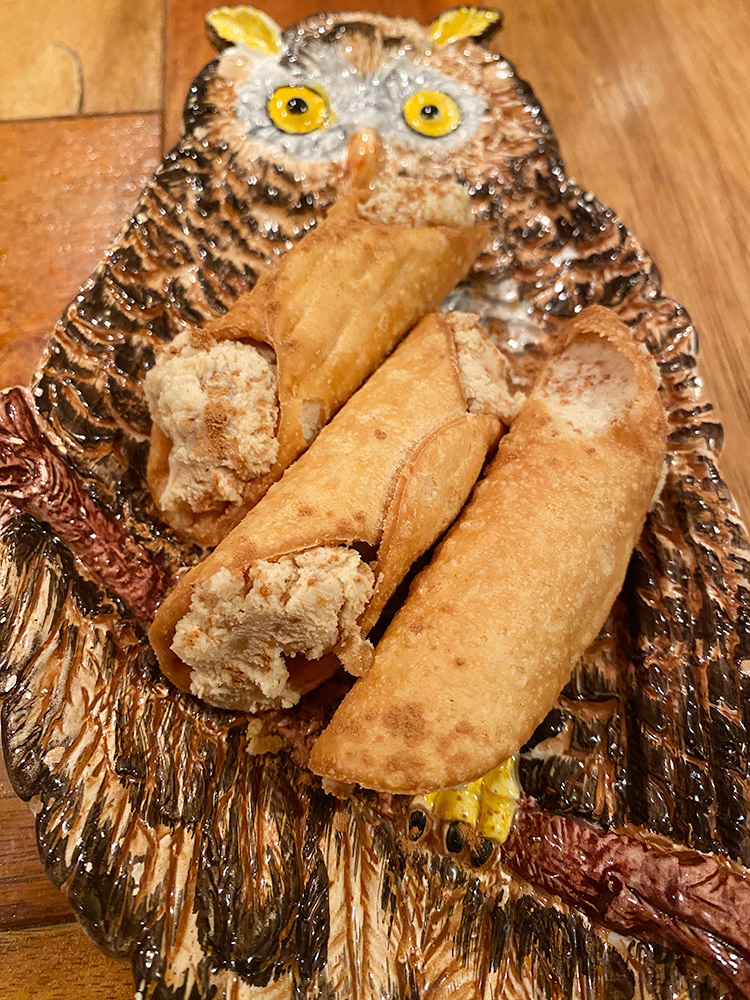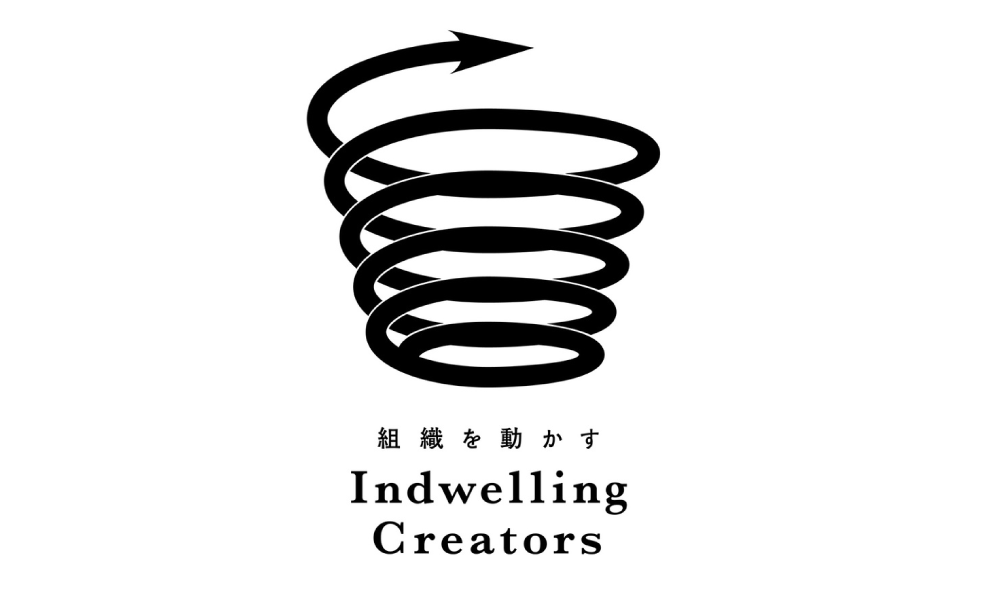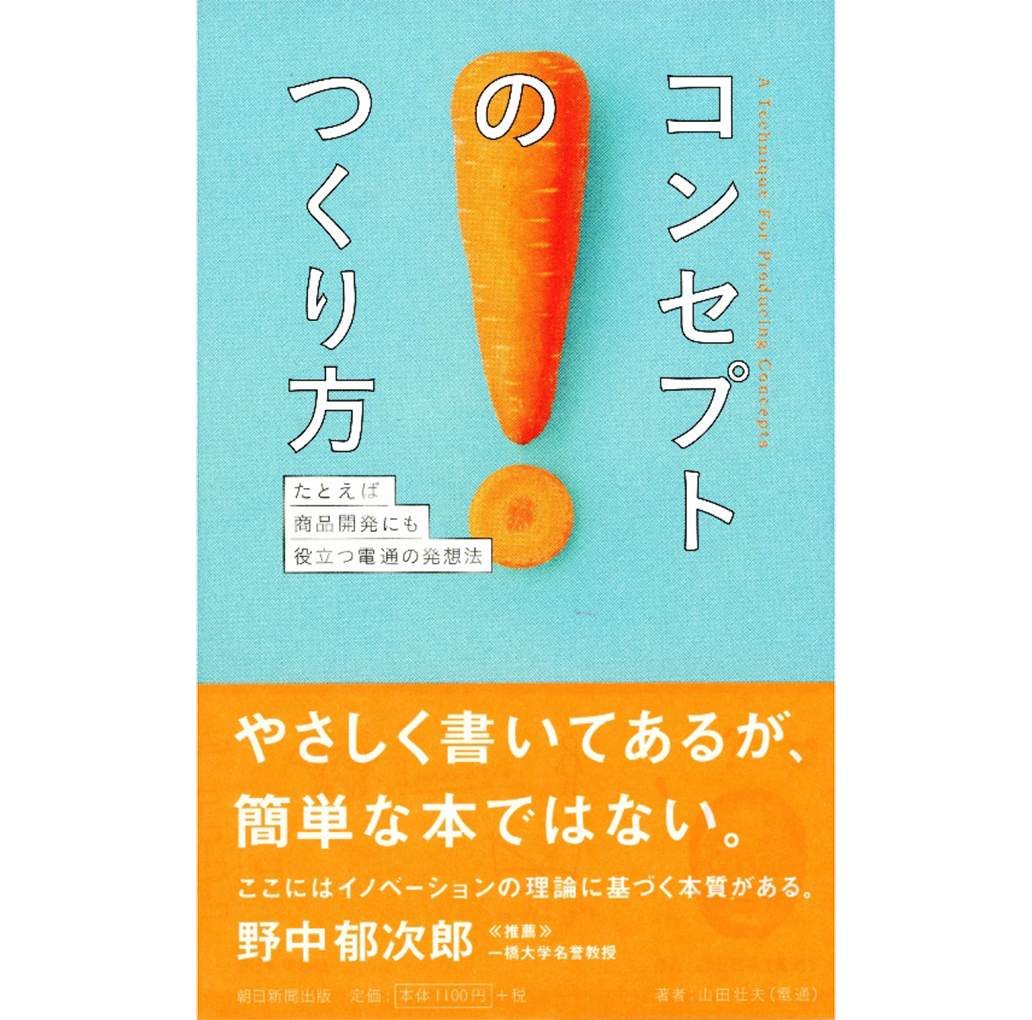
With the five evaluation criteria for "Concept Quality Management" in hand, take a fresh look at the business plans and proposals around you. Does the "concept" outlined there truly maintain sufficient quality for executing the business?
To put it bluntly, a concept must always be a "well-structured metaphor." "Well-structured" means it contributes to realizing ④ "numbers" and ⑤ "ideals." And "metaphor" is an indispensable technique for intuitively conveying (③) a "concrete strategy" that doesn't yet exist in the world (① overturning conventional wisdom, ② creating unprecedented customers) to your team.
Verifying whether a concept is "sound" takes time, but determining if it functions as a metaphor can be assessed instantly. If it lacks the element of a "parable," it must be reworked immediately.
However, when it comes to "expressing the concept through a metaphor," it often proves quite difficult. We frequently witness cases where it devolves into discussions of brand personality like "like a class president" or "like a rogue warrior," or where the positive situation brought about by solving the problem is merely rephrased poetically as "magic" or "revolution."
Therefore, this time I will share two points that should be helpful when capturing a concept with a metaphor.
The first is fundamentally about "What exactly do we need to depict?"
A concept is the "new connection" born between people (customers) and things/experiences (products/services). If you try to depict this connection with the focus on people, it becomes "customer creation"; if the focus is on things/experiences, it becomes "value creation." In other words, "concept creation," "customer creation," and "value creation" essentially mean the same act.
The difficulty arises when we try to immediately translate this abstract "connection" into a metaphor. First, vividly depict the "new customer's real face" emerging there—psychologically, not just demographically—while simultaneously articulating the "value" of the product/service that solves that person's challenge.
Once these two elements are prepared, expressing the "new connection" that emerges between them should become significantly easier.
The second challenge is ultimately, "How should we depict it?" The best way to learn this is to archive as many "masterpiece concepts" as possible. Attempting to create concepts without knowing what constitutes a masterpiece is fundamentally a reckless endeavor.
"Third Place (Starbucks)," "Flying Bus (Southwest Airlines)," "Factory for Creating Peace (Hiroshima Peace Memorial Park)," "Perfume Publishing House (Frédéric Malle)," "Art is an Explosion (Taro Okamoto)," "Add a touch of wilderness to your life. (Snow Peak)"... the list of masterful concept examples is endless.
For each of these examples, we must carefully examine: "Why were those specific words chosen?" "Could a different metaphor have worked?" By doing so, our ability to express "new connections" will undoubtedly improve.
Considering that concepts are always just hypotheses, we must forever battle through the verification process of seeking out "well-structured metaphors" and refining them.
Well then.
You know how you search and search for a "good restaurant" that's both delicious and easy on the wallet, but you just can't find one?
But there's this Italian place near Midorigaoka Station on the Oimachi Line that opened less than a year ago. A cooking school instructor recommended it, and wow, it was a hit.
I was captivated by the smoked butter served first, and everything else—the bonito carpaccio, the homemade tagliatelle, the Roman-style braised oxtail "Bacinella"—was meticulously prepared and delicious. I was amazed the chef runs the whole place almost single-handedly. Plus, it's great value and relaxing. I was determined to keep such a wonderful spot a secret hideaway!!

Cannolo (a Sicilian dessert meaning "little tube")
But of course, you just want to bring friends to a place like this. Then I discovered that my colleague M from the same year at work was already a regular there. I realized keeping such a wonderful restaurant a secret was just impossible.
The hint for the shop's name is in the photo. If you're curious, please try to find it.
Enjoy!

*For more details on "Indwelling Creators," a project by Takao Yamada, click the logo.












